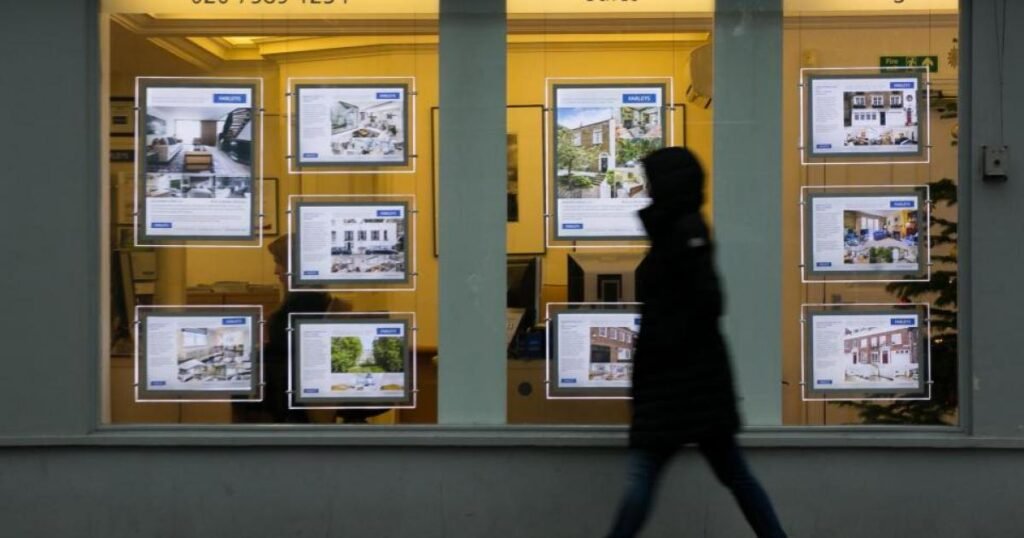Despite January’s softening, house prices will in all likelihood continue to grow for at least the next couple of months as buyers jockey to beat the stamp duty deadline on March 31. After that date, the threshold at which buyers start paying tax will drop from £250,000 to £125,000, or from £425,000 to £300,000 for first-time buyers.
Read more:
Beyond that, the outlook is less clear. Susannah Streeter, head of money and markets at Hargreaves Lansdown, said the suggestion of a weakening market could bring housebuilders under increasing pressure as 2025 unfolds.
Lower mortgage costs could help shore up demand, with a quarter-point cut in interest rates to 4.5% next week by the Bank of England (BoE) an odds-on bet.
Thomas Pugh, lead economist at RSM UK, believes the BoE’s Monetary Policy Committee will stick to its current guidance and take a gradual approach to further rate cuts as the year progresses. He expects UK interest rates to finish 2025 at 3.75% as the BoE attempts to balance strong wage growth and rising inflationary pressures against weak economic activity and mounting job losses.
Jonathan Hopper of Garrington Property Finders therefore contends that price rises are not “inevitable”.
“Buyers remain intensely price-sensitive, and the abundance of properties for sale means many won’t hesitate to walk away from homes they like but feel are overpriced,” he said.
“The pace of price rises varies widely by region too, and there’s a clear north-south divide. Price rises are modest or even flat in some very desirable parts of southern England, and here we’re seeing buyers ask for, and get, significant discounts.”
That said, the rapidly-evolving market remains a challenge for buyers looking to secure the best deal possible, particularly for first-time buyers trying to escape the cycle of attempting to save for a deposit while paying sky-high rents.

